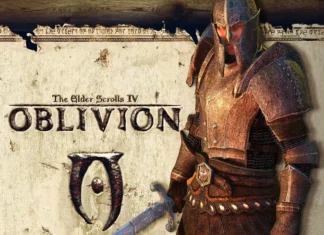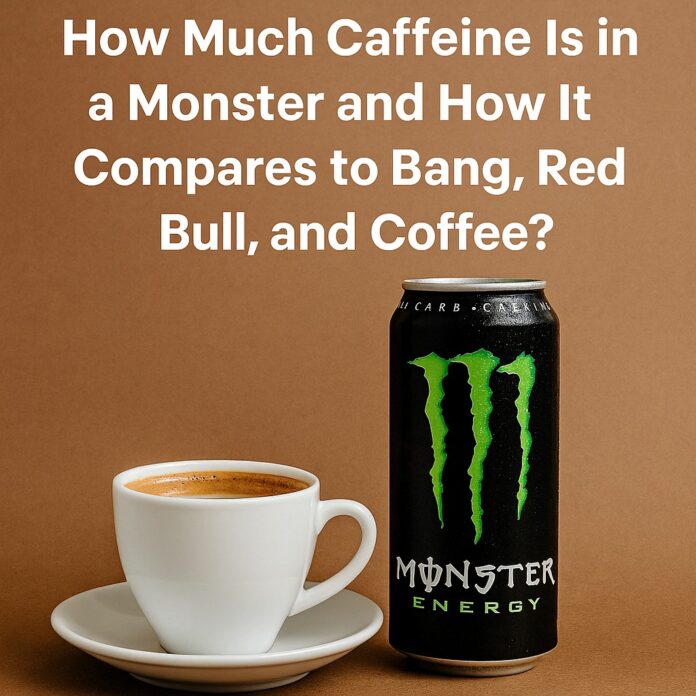
Nobody drinks Monster for the flavor. It fills a gap between total exhaustion and the next thing you are supposed to finish.
One can delivers enough of a kick to keep your head upright and your eyes open, which is usually the entire goal.
There is no illusion of balance. It sells energy, plain and loud. Plenty of people rely on it without ever stopping to check what they are actually consuming.
Labels list the caffeine, but most never bother with numbers. The goal is to get through the shift, the drive, the study session, or whatever mess the day threw on your plate.
The point is not to scare you off any drink. Nobody is here to sell you wellness or pretend a latte solves everything. What follows is simple: real caffeine numbers, straight comparisons, and a clear look at what you are actually drinking.
How Much Caffeine You Get in a Monster Can?
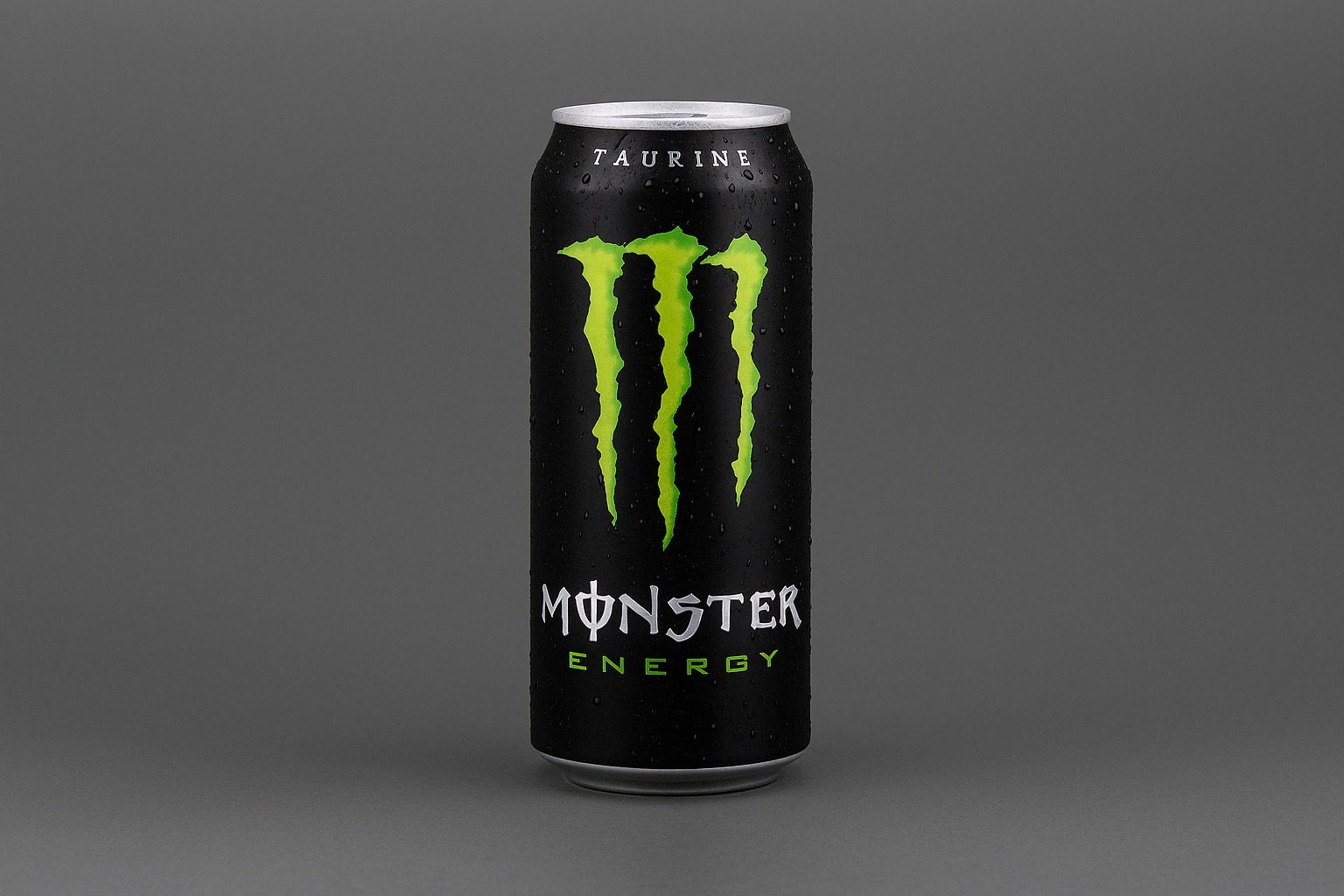
A 16 oz can of Original Monster contains 160 milligrams of caffeine, which lands it squarely in the high-caffeine range.
It is not the most extreme drink on shelves, but it easily doubles what you get in a regular cola and often exceeds a standard cup of coffee.
The Original version also delivers a chemical cocktail that adds fuel to the buzz, and none of it is there by accident.
Monster contains more than twice the caffeine found in a Starbucks Frappuccino.
The nutrition label hides behind typical serving sizes and branding noise. Here is what you actually drink when you down a single 16 oz can:
| Nutrient / Ingredient | Amount per 16 oz Can |
|---|---|
| Caffeine | 160 mg |
| Calories | 210 kcal |
| Total Sugar | 54 grams |
| Glucose + Sucrose | Present (mix of both types) |
| Taurine | 1000 mg |
| Panax Ginseng Root Extract | 200 mg |
| L-Carnitine | 20 mg |
| Inositol | 50 mg |
| Niacin (Vitamin B3) | 40 mg (250% DV) |
| Vitamin B6 | 4 mg (200% DV) |
| Vitamin B12 | 12 mcg (500% DV) |
| Guarana Seed Extract | Present (exact mg not listed) |
| Artificial Sweeteners | Present in some variants |
Every Type of Monster and Its Caffeine Count
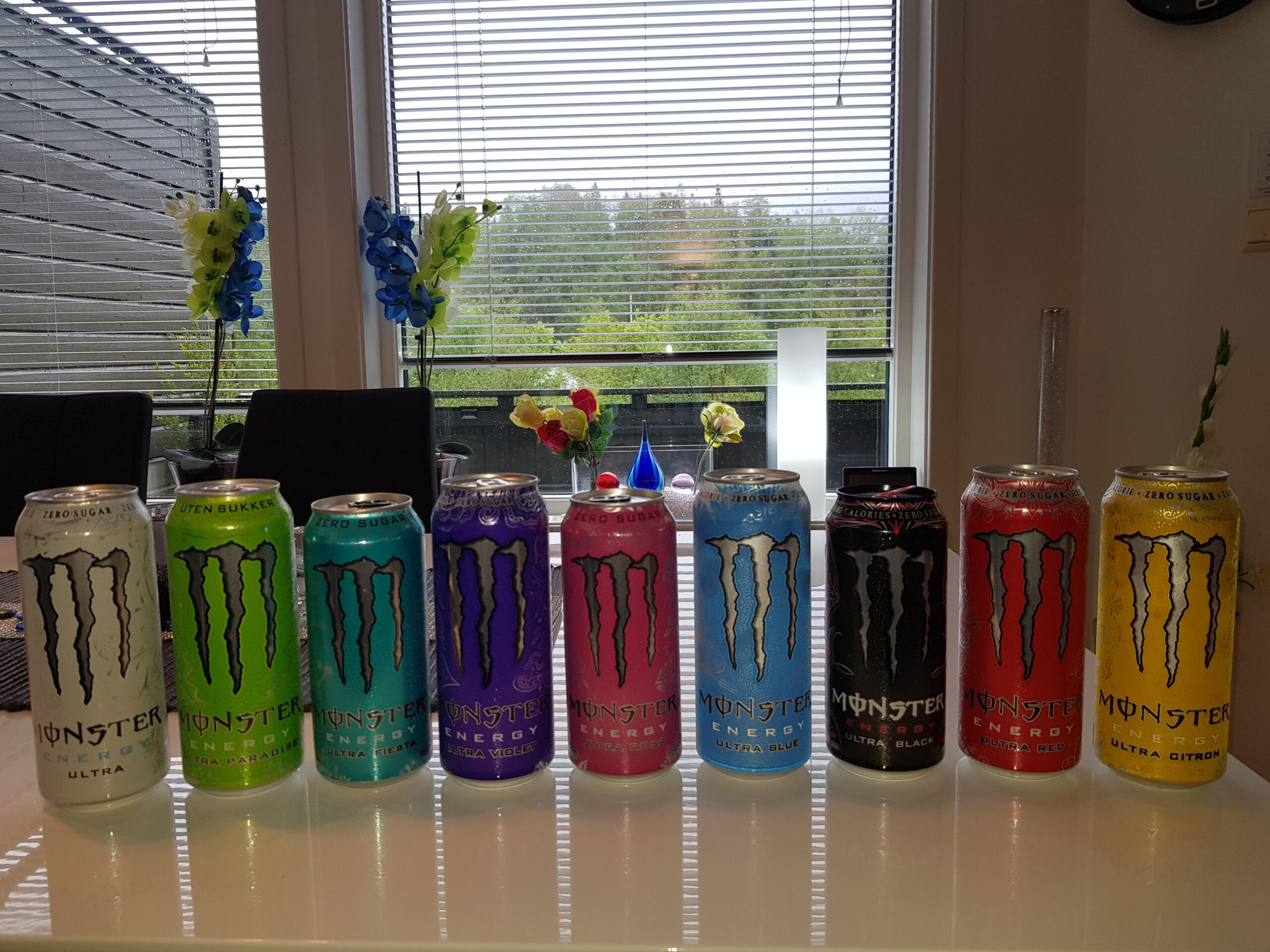
Monster Energy is not one product. It is an entire lineup built for different caffeine tolerances, flavors, and brand aesthetics.
Some cans are meant to feel like a casual boost. Others come with enough caffeine to rattle your spine.
| Product Name | Size (fl oz) | Caffeine (mg) | Caffeine per oz |
|---|---|---|---|
| Java Monster 300 | 15 | 300 | 20.0 |
| Monster Killer Brew | 15 | 300 | 20.0 |
| Monster Maxx | 12 | 200 | 16.7 |
| Java Monster (standard) | 15 | 200 | 13.3 |
| Monster Hydro | 25.4 | 188 | 7.4 |
| Monster Import | 18.6 | 179 | 9.6 |
| Original Monster (Green) | 16 | 160 | 10.0 |
| Monster Assault | 16 | 160 | 10.0 |
| Monster Mule | 16 | 160 | 10.0 |
| Monster Nitro | 16 | 160 | 10.0 |
| Monster Reserve | 16 | 160 | 10.0 |
| Monster Zero Sugar | 16 | 160 | 10.0 |
| Monster Rehab | 15.5 | 160 | 10.3 |
| Juice Monster | 16 | 160 | 10.0 |
| Monster Mango Loco | 16 | 152 | 9.5 |
| Monster Ultra | 16 | 150 | 9.4 |
| Monster Lo-Carb | 16 | 140 | 8.8 |
| Monster Dragon Tea | 23 | 60 | 2.6 |
How Monster Drinks Stack Up Against Coffee?
Coffee built the caffeine world. Monster crashed through the door with synthetic blends and sugar bombs. One is brewed. The other is engineered. Both aim to wake you up, but they do it in completely different ways.
An average 8-ounce cup of coffee contains about 90 to 120 milligrams of caffeine. That number can jump depending on how it’s brewed, how strong the beans are, and how big your mug is.
Monster, on the other hand, gives you 160 milligrams of caffeine in a standard 16-ounce can, and some versions push well past 200.
| Drink Type | Size | Caffeine (mg) | Source Type |
|---|---|---|---|
| Original | 16 oz | 160 | Synthetic blend |
| Java 300 | 15 oz | 300 | Synthetic blend |
| Regular Brewed Coffee | 8 oz | 90-120 | Ground beans |
| Espresso (2 shots) | 2 oz | 130 | Ground beans |
| Cold Brew | 16 oz | 200-215 | Ground beans |
| Instant Coffee | 8 oz | 80-120 | Freeze-dried |
| Vietnamese Coffee | 4 oz | 100-130 | Robusta blend |
On the other hand, coffee does not come with added sucralose, taurine, or chemical stimulation on top of the caffeine. That difference is important.
Red Bull vs Monster vs Bang: What Really Hits Hardest
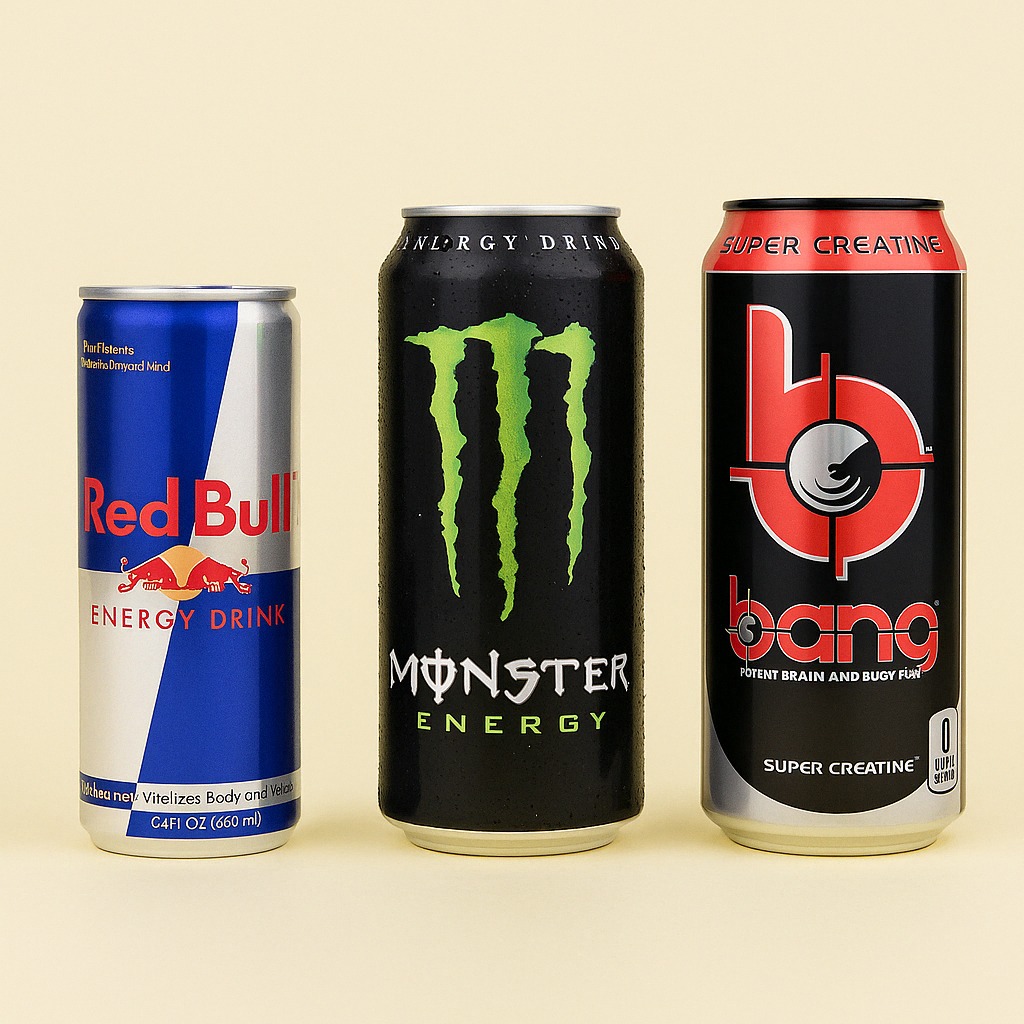
Red Bull sells lifestyle. Bang sells chaos. Monster lives somewhere in between. Each one claims energy, focus, and performance. Only one of them consistently pushes caffeine levels past 300 milligrams.
A classic Red Bull includes 80 milligrams of caffeine per 8.4-ounce can. That’s less than half of what Monster packs into a standard can.
Bang skips moderation and blasts 300 milligrams into a single 16-ounce can.
Monster stays mostly in the 160-200 range, with a few heavy-hitter versions touching 300.
| Brand | Product | Size | Caffeine (mg) | Sugar (g) | Calories |
|---|---|---|---|---|---|
| Red Bull | Original | 8.4 oz | 80 | 27 | 110 |
| Monster | Original Green | 16 oz | 160 | 54 | 210 |
| Monster | Java 300 | 15 oz | 300 | 25-30 | 200 |
| Bang | Regular Flavors | 16 oz | 300 | 0 | 0 |
| Monster | Zero Ultra | 16 oz | 160 | 0 | 10 |
Hidden Ingredients That Come with the Caffeine
Every can holds a mix of chemical extras meant to stretch energy, mask fatigue, and punch harder than caffeine alone.
These extras are not harmless fillers. Some amplify the effects. Others exist to keep you hooked.
- Taurine: A synthetic version of what your body already produces. It regulates muscle function and heart rhythm, but nobody outside a lab knows how it behaves when combined with 160 mg of caffeine and liquid sugar.
- L-Carnitine: Touted as a fat-burning agent. The real evidence is thin, and the dose in a Monster can barely scratches what clinical studies use.
- Inositol: Often sold as a brain booster. In energy drinks, it is mostly decorative.
- Glucuronolactone: Claimed to fight fatigue, though it barely shows up in nutritional science outside of industry-funded blurbs.
- B Vitamins (Niacin, B6, B12): Your body flushes out the excess in urine. Most of what Monster loads in here ends up in the toilet.
Together, these ingredients create the illusion of a performance edge. In reality, most are underdosed, overhyped, and ride shotgun to the real stimulant, caffeine.
How Much Is Too Much: What Health Guidelines Actually Say
The FDA says that 400 milligrams of caffeine per day is the limit for a healthy adult. That’s about two and a half cans of Original Monster, or just over one can of Monster Java 300. The limit is not a law. It is a ceiling. Go past it, and the risks begin to stack.
Caffeine affects people differently. Body weight, sleep history, medications, and stress all play a role. But some effects are consistent when the dose goes too high:
- Restlessness
- Elevated heart rate
- Digestive issues
- Insomnia
- Anxiety spikes
- Blood pressure changes
Caffeine overload is not rare. It sneaks in when you combine a Monster with coffee, pre-workout, or another stimulant. And the crash hits harder than most people expect. You might push through the fog with one can, then feel like your brain slammed into a wall two hours later.
Keep in mind that caffeine is not the only factor. Monster drinks also carry sugar, artificial sweeteners, and added chemicals that might not trigger warnings on their own but hit differently when stacked.
What Doctors Say About Mixing Monster with Daily Life
Doctors do not treat energy drinks as harmless. Most general practitioners, cardiologists, and dietitians agree that occasional use might be manageable, but stacking caffeine with stress, dehydration, poor sleep, or prescription meds creates risk fast. The danger is not always immediate. It builds.
Regular intake of high-caffeine energy drinks can strain the cardiovascular system. The most common concerns include heart palpitations, blood pressure spikes, and irregular rhythm. When combined with alcohol, the risk multiplies. The caffeine masks the sedative effects of alcohol, tricking people into drinking longer, driving impaired, or ignoring serious fatigue signals.
The drink may keep you awake, but it also pushes your nervous system harder than most people realize.
Should Kids or Teens Ever Touch This Stuff?
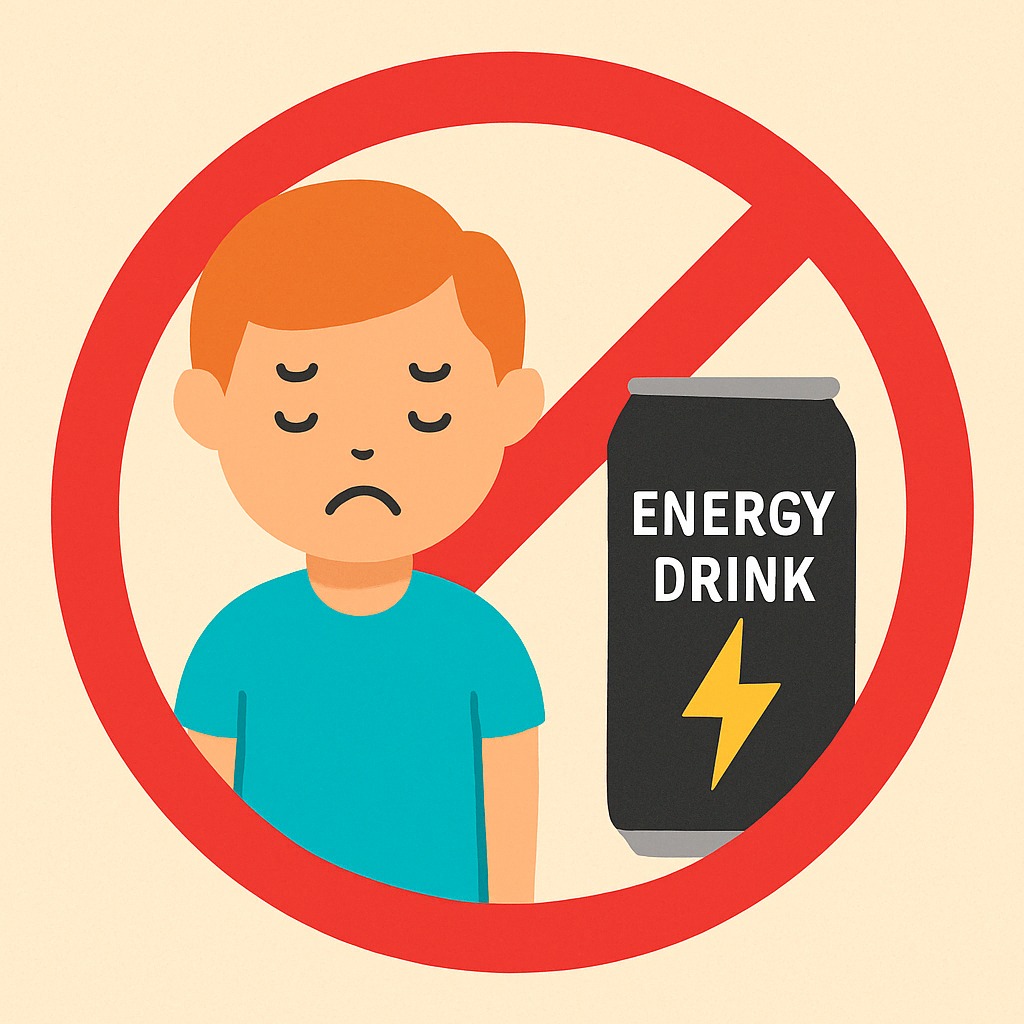
No responsible doctor, nutritionist, or pediatrician recommends Monster for kids or teens. The American Academy of Pediatrics has made that clear. Still, it ends up in backpacks and vending machines because nobody enforces anything.
Children and adolescents process stimulants differently. Their nervous systems are still developing. Their heart rate, blood pressure, and sleep cycles are more sensitive. Giving a 14-year-old a can with 160 milligrams of caffeine, 54 grams of sugar, and synthetic additives is not a minor issue. It is a health risk hiding behind a brand logo.
Find out how much caffeine is in Monster Energy drinks and see how they compare to Bang, Red Bull, and coffee in strength, ingredients, and health impact.
Final Thoughts
Monster works. Nobody denies that. It gives you a jolt strong enough to shake off the exhaustion and keep moving when your body already hit its limit. But none of it comes without a price.
The problem is not the caffeine alone. It is the way people keep stacking it with coffee, pre-workouts, or sugar-heavy snacks and then act surprised when their sleep disappears or their heart rate spikes for no reason. Drinking one Monster every few days is not the same thing as relying on it five times a week. When it turns into a habit, the side effects stop being occasional.
You do not need to give it up entirely, but you do need to stop pretending it comes without consequences. Pay attention to how often you reach for it. Look at how much caffeine you are already taking in before you crack open another can. Skip the versions that drown you in sugar unless you are ready to deal with the crash later. Never mix it with alcohol, and stop using it as a substitute for rest. Monster is a shortcut, not a solution.
If you are going to drink it, know exactly what you are putting into your body. That choice is yours. Make it with full awareness instead of marketing promises or blind routine.







